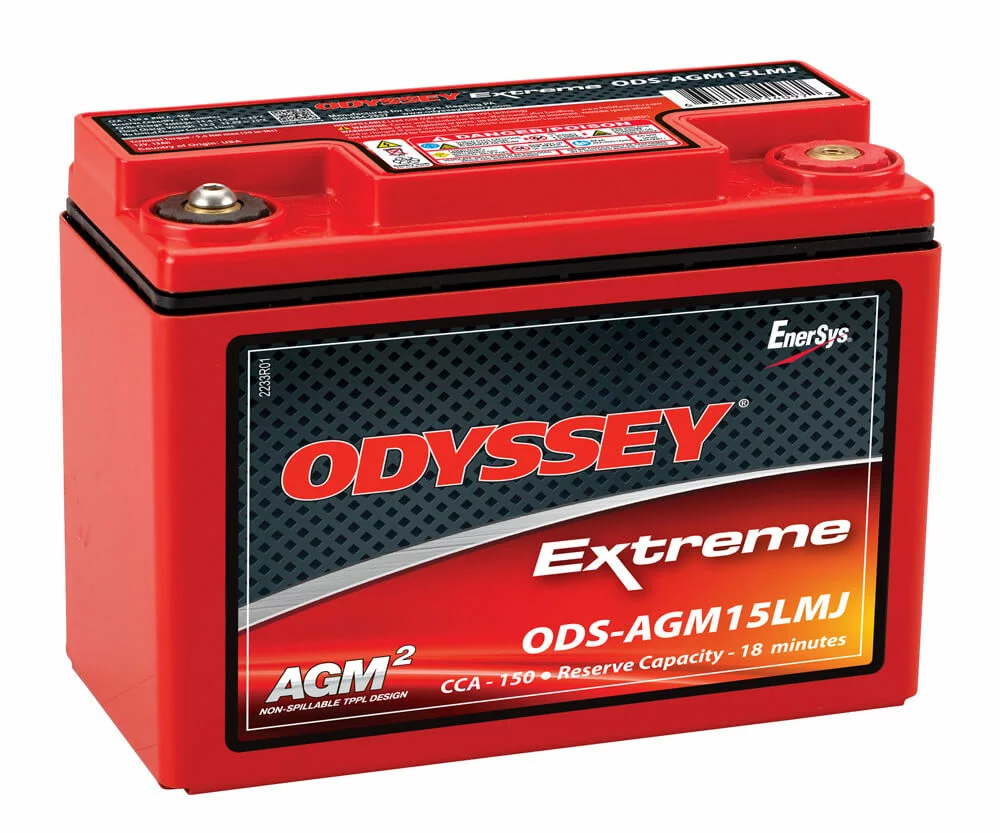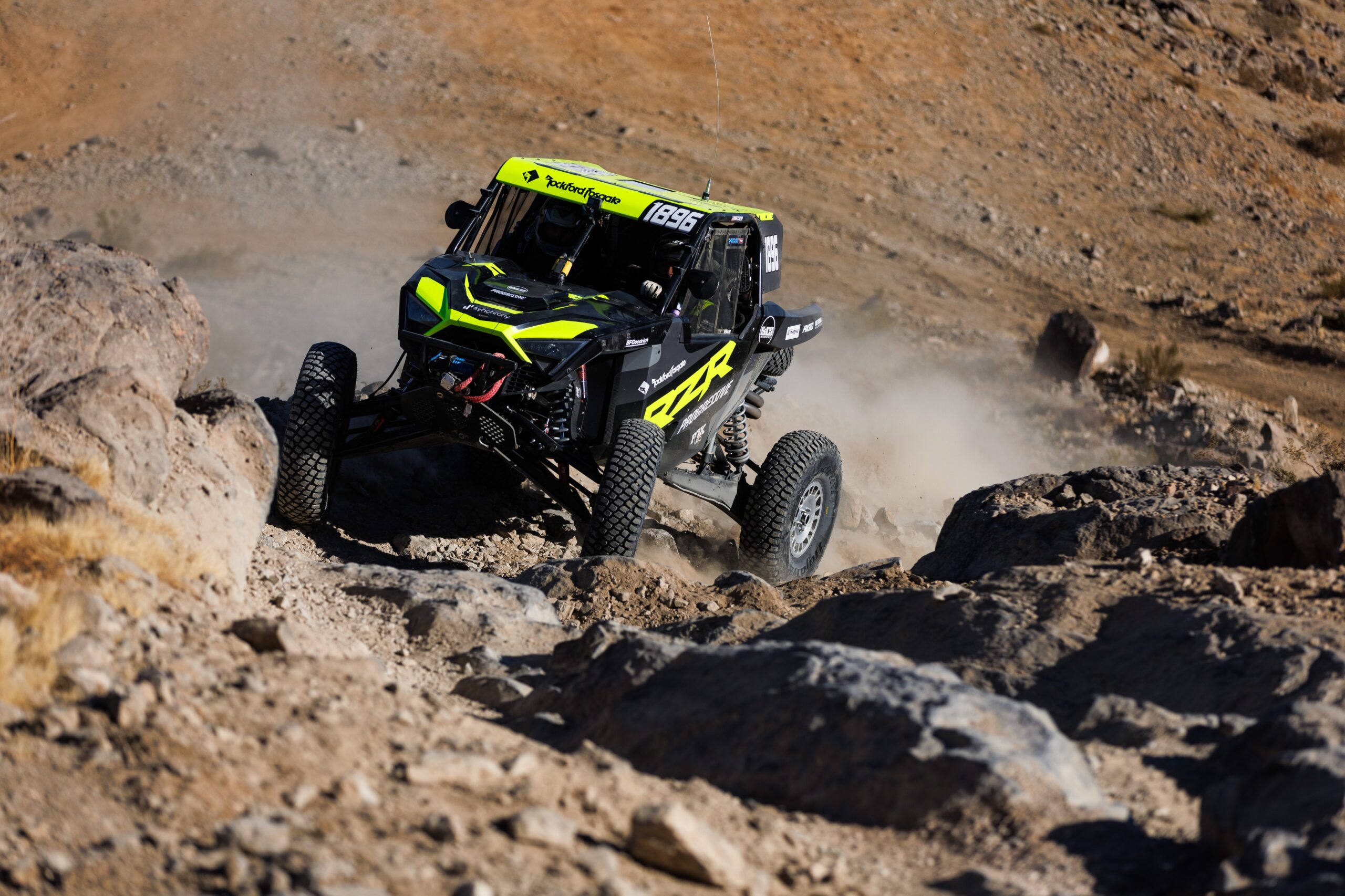
Proper care of powersport vehicles includes paying attention to the battery, which should be fully charged whenever you run the engine. All battery connections should be clean, tightened and intact. When using a charger, it is important not to overcharge the battery and it is best not to jumpstart it from running vehicles. Use the following steps for proper upkeep. As always, be sure to follow the manufacturer’s guidelines for battery care and handling and direct any questions to your battery professional.
Inspection and cleaning: When decommissioning the vehicle for end-of-season maintenance, inspect cables, connections and the battery case. Remove any dirt, debris or corrosion on the battery terminals. Ensure all battery-related hardware is tight, including the terminals and hold-downs.
Use warm water to clean the battery. If there is any presence of acid residue, create a mixture of one part baking soda to three parts water. Apply the mixture until foaming stops, then rinse. Do not use any detergents on batteries as they are made of a plastic that can break down and become contaminated if cleaning solutions are applied.
Test State of Charge (SOC): Simple testing can be performed to determine the battery’s SOC. To conduct a test, use a digital voltmeter to measure the disconnected battery’s Open Circuit Voltage (OCV) at least six hours after the battery has been charged. This rest period allows the battery’s chemical reactions to reach a state of equilibrium and the surface charge to dissipate so that an accurate voltage reading is obtained. The manufacturer’s specifications will provide the OCV that corresponds to 100 percent SOC.
Charge the battery: If testing indicates a decreased SOC, charge the battery whether you’re recommissioning or decommissioning the vehicle. This will help ensure the life and capacity of the battery. A full charge will also help keep the battery from freezing. A smart charger can prevent the battery from being overcharged.
Chargers aren’t universal, so be sure to use the right charger and the right settings for your battery type. The best way to charge an AGM battery is to use a charger designed specifically for that type.
Decommissioning without parasitic drain: When decommissioning the vehicle, disconnect the battery cables. Leaving the cables connected makes the battery susceptible to parasitic draw from any electronics that remain connected. While this may be only a very small power draw, it nevertheless can drain the capacity of a battery in a relatively short time. If you disconnect the cables, the battery can be left idle without charging.
An alternative to disconnecting the battery is to use a trickle charger, also known as a maintenance charger. A trickle charger will overcome any parasitic amperage drain when the battery is still active while the engine is off. Trickle chargers must only be used after the battery has been fully charged.
Many powersport vehicles use a stator instead of an alternator. Stators generally are minimized to provide basic recharge and general operational performance. They often do not fully charge the battery when the vehicle is ridden. To prevent sulfation, keep the battery on a trickle charger if the vehicle uses a stator, even after it’s been recommissioned.
For more information on Odyssey Batteries, be sure to visit their website.



